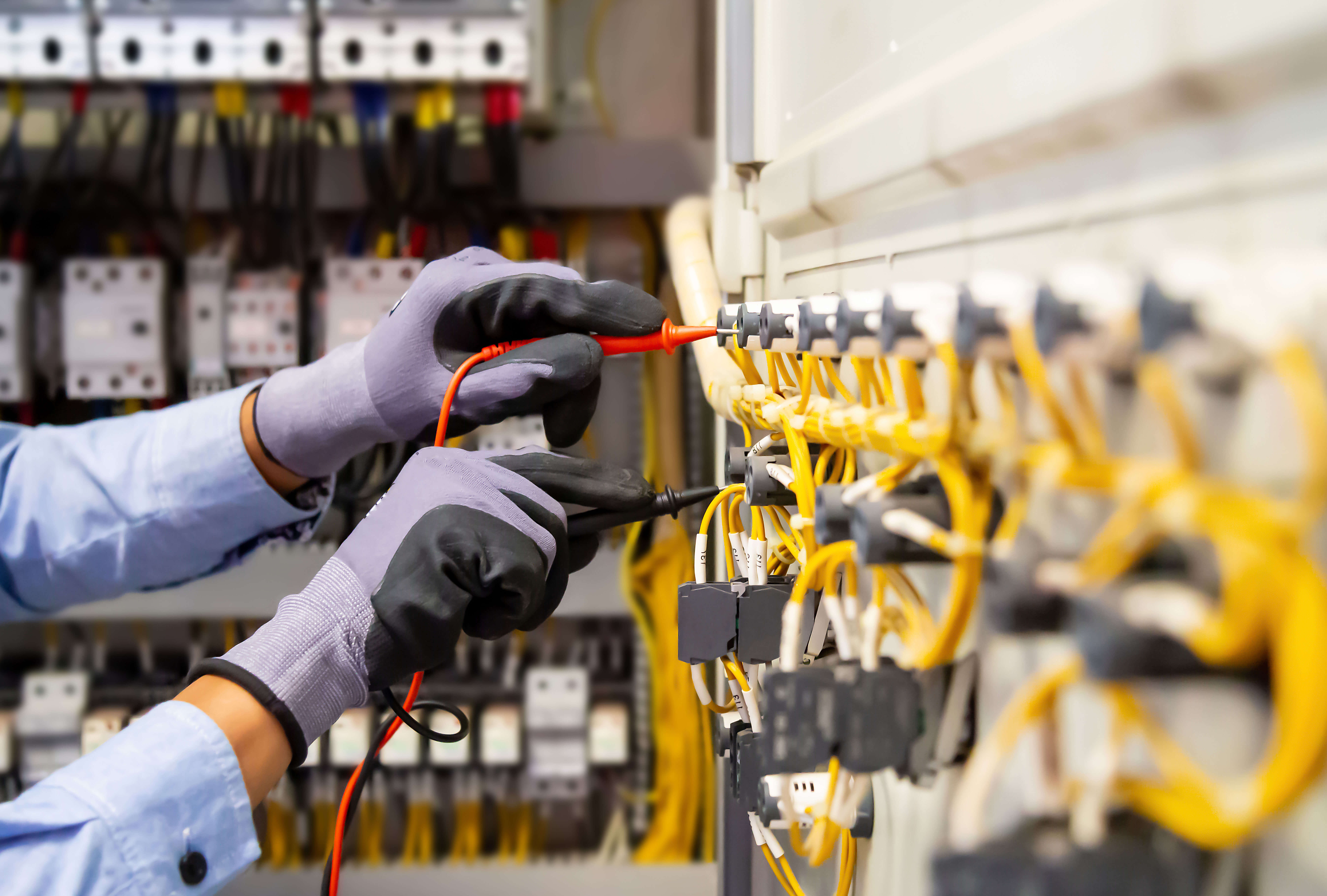
Authors: Dennis Mosher and Ryan Donovan
With tighter budgets and increasing regulation, industrial contractors are taking a closer look at everything that happens on their projects. While searching for ways to improve project performance and outcomes, remember to include crew safety in the process.
Contractors are keenly aware of potential losses from safety incidents. A serious occurrence can result in citations, fines and lawsuits, and can even affect a firm’s reputation and ability to bid.
By their very nature, industrial construction projects carry a high level of potential hazards, and it’s ultimately the responsibility of the employer to protect the safety and health of their employees. Exposure to uncontrolled electrical energy is a significant source of injury and one of the top four causes of workplace fatalities.
With the importance of worker safety in mind, let’s take a look at some of the more common electrical safety issues.
Energizing Switchgear
Energizing and de-energizing switchgear is a common source of electrical hazard. Using a comprehensive switchgear pre-energization checklist will help mitigate potential hazards. Energizing and de-energizing switchgear also carries the potential for arcing hazards (see below), and should be dealt with through standardized procedures, including a lockout/tagout (LOTO) program.
Arc Flash
Imagine an airborne burst of energy with temperatures that can reach 35,000 degrees F in a split second. Arc flashes are always a danger for industrial electrical contractors and should be high on the list of daily pre-work checks. Before working in any area, especially around switchgear, a risk assessment should be conducted. When a possible arcing hazard has been identified, crew members should follow established procedures, such as wearing appropriate personal protective equipment (PPE), using hot sticks to open cabinets and providing warning signs, floor striping and cone barricades.
Ground Fault Circuit Interrupters (GFCI)
GFCIs detect ground faults and interrupt electrical current when a fault is detected, limiting the duration of shock. While a proven method of decreasing incident rates, these devices are often overlooked or used incorrectly. GFCIs should always be the first thing plugged into an outlet, followed by the extension cord or tool.
Extension Cords
Most any worksite involves a lot of electrical cabling. As each of these carries the possibility of transmitting electrical energy, it’s imperative that extension cords be inspected every time they are used. Any damaged cords should be cut in half, discarded and replaced.
On-Site Utilities
There are a lot more underground utilities than you might expect when drilling within a manufacturing plant, or any areas between buildings connected to the same grid. One of the first tasks of any project involves finding and marking these utilities. Underground surveys should be conducted by the contractor before starting work, as plans and other information supplied by project owners may be outdated.
Not Just Equipment
The human element will always be a factor in job site safety. As crew members get more familiar with their job requirements, it becomes easier to get caught up in the process. This may lead to less attention paid to what’s going on around them and overlooked safety concerns.
Keeping crew members safe on the job is never one and done. It requires a genuine commitment at every level of the firm, from the top down. Job safety begins with initial training of new hires and continues with (at least) annual refreshers and pre-project assessments along with daily safety checklists. Establishing and following job-specific safety procedures will help keep safety top of mind for every member of your crew.
At the end of the day, what’s good for crew members is also good for industrial electrical contractors and their customers. Firms that care for their people will find that caring carrying over into the quality of the work they do.
Our best advice for electrical safety? Instill in all your crew members the idea that “everything is live—protect yourself accordingly.”


